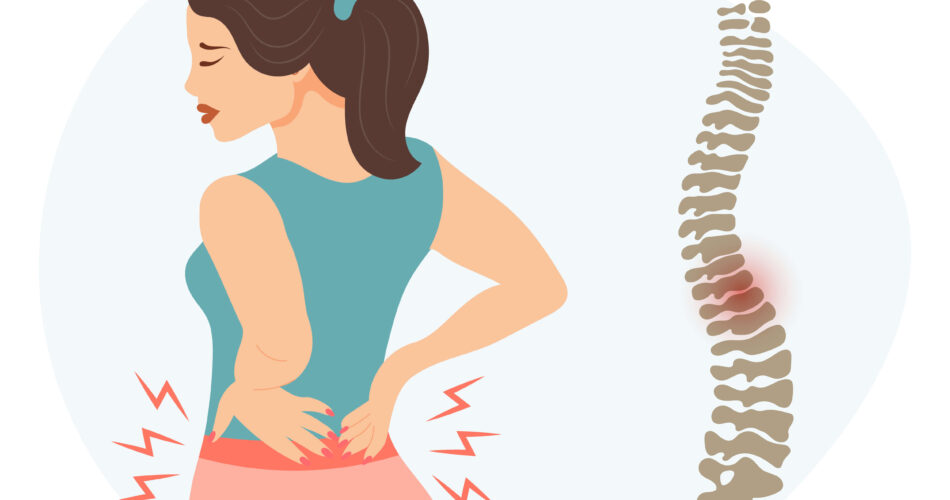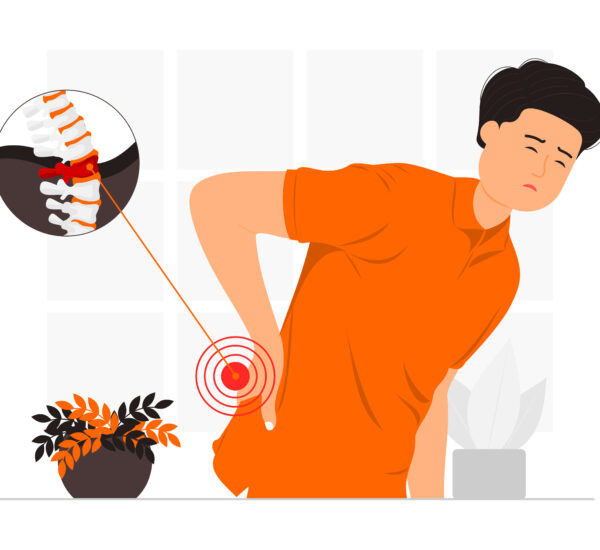When people age, the more people become prone to certain conditions, and one of them is lower back pain. Usually, people associate the occurrence of this condition with age. However, that’s just one of the possible reasons. This condition occurs due to several reasons, which we will uncover in today’s blog.
If you are suffering from a debilitating pain due to lower back pain, you can find out its root cause today. Uncover the top 5 causes and understand how to avoid them in the future.
Understanding Lower Back Pain
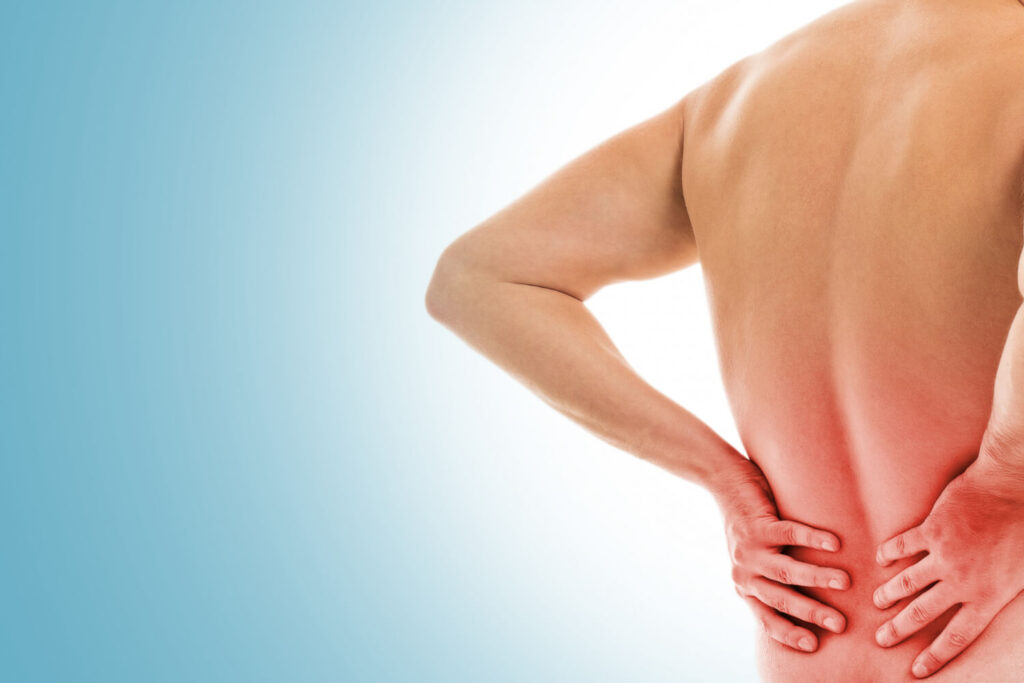
Lower back pain is a common condition that affects the spinal column’s muscles, ligaments, and bones. Patients who suffer from this condition experience stabbing sharp pain or burning sensation at the back. Thus, leading to discomfort in every movement made.
These flare ups in the mentioned areas can range from mild to severe pain. If it is currently at the latter, it calls the need for a health check up with a doctor. While these pain can happen due to old age, if the pain is persistent, there might be an underlying cause. That’s why it is best to seek immediate help to manage the pain.
Why You Should Not Ignore Lower Back Pain
As mentioned, lower back pain is a condition that can be unbearable to some patients. The pain can last for a long time, especially if the condition is not addressed during its early stage of symptoms. When that happens, it can severely impact one’s health due to the possible consequences.
These consequences can impact the overall performance or mobility of the patient. That’s because the condition may possibly involve the spinal cord, which is crucial for movement. The risk of back pain in that area can affect the patient’s ability to move in the long run. Aside from that, ignoring this type of back pain can possibly result in nerve damage. For example, a herniated disk that is left untreated can worsen over time and cause more severe pain, and possibly damaging the nerves.
On the other hand, it can be a warning sign for underlying health conditions. Kidney stone condition involves this type of back pain as its symptom. With the occurrence of that kind of pain, doctors can utilize that symptom, alongside with others and properly diagnose the patient’s health. However, if the patient ignores their back pain, their condition can get worse, such as bigger kidney stone formations that could block the urine passageway.
Given these consequences, it can be concluded that the risk of low back pain is high, especially if the patient chose to ignore the signs. When that happens, it can affect the patient’s overall health. It is highly important to address the condition early on to avoid these consequences.
The Top 5 Causes of Lower Back Pain
As mentioned, one of the most common reasons people experience back pain is due to old age. However, that’s not the only possible reason behind its occurrence. There can be tissue damage involved or other injury-related reasons. If you don’t know which is the root cause of your condition, this list might help you.
Let’s begin!
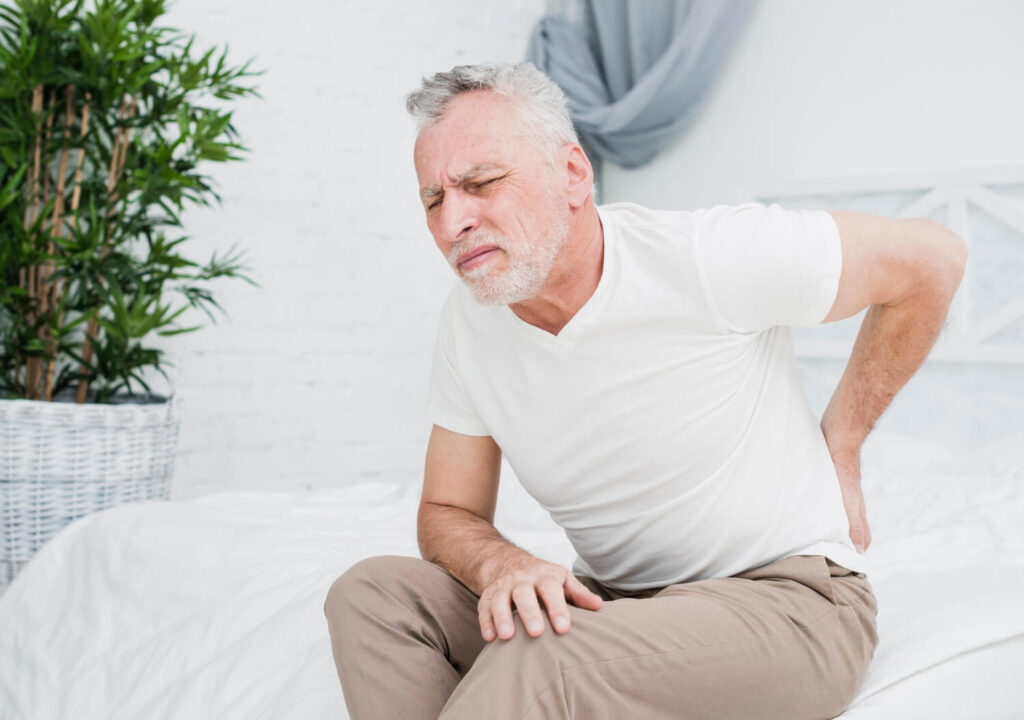
1. Muscular Strains and Sprains
Muscular strains and sprains are common causes of lower back pain. They occur when the muscles or ligaments in the back are stretched or torn. These strains and sprains can be caused by various factors, including heavy lifting, sudden movements, or overuse of the back muscles.
Common symptoms include pain, stiffness, and limited mobility. Treatment options for muscular strains and sprains include rest, ice or heat therapy, over-the-counter pain medications, and physical therapy.
2. Herniated or Slipped Discs
Another possible reason may involve herniated or slipped discs. The lumbar spine can become damaged or herniated, causing them to bulge or rupture. It happens whenever an individual exerts too much force with poor posture. Thus, resulting in pressure on nearby nerves, pain, and discomfort in the lower back.
Symptoms may include localized pain, numbness or tingling sensations, and weakness in the legs. Alleviate these symptoms through proper rest, physical therapy, pain medications, and in severe cases, surgical intervention.
3. Sciatica
Meanwhile, sciatica is a condition that occurs when the sciatic nerve is compressed. This condition is connected with the herniated or slipped discs. Compression can result in pain, numbness, and tingling sensations that radiate from the lower back to the leg.
Patients suffering from this condition can alleviate the pain through pain medications, physical therapy, and in severe cases, surgery.
4. Osteoarthritis
On the other hand, osteoarthritis is a type of arthritis that can cause this pain condition. Osteoarthritis is a degenerative joint disease that leads to the breakdown of cartilage in the joints of the spine. This can result in bone-on-bone rubbing, inflammation, and pain.
Combating this condition can prevent the occurrence of this type of back pain. Treatment options may also include pain medications, physical therapy, and surgery.
5. Scoliosis and Other Spinal Irregularities
Lastly, individuals can develop the condition if their spinal cord is compromised. Usually, the scoliosis can happen, which is characterized by an abnormal sideways curvature of the spine. Thus, affecting the posture, leading to pain, stiffness, and difficulty moving.
Dealing with spinal irregularities can also lead to the condition. It’s important to seek immediate help when signs are present. That way, patients can receive the proper care and treatment needed.
The Importance of Medical Consultation
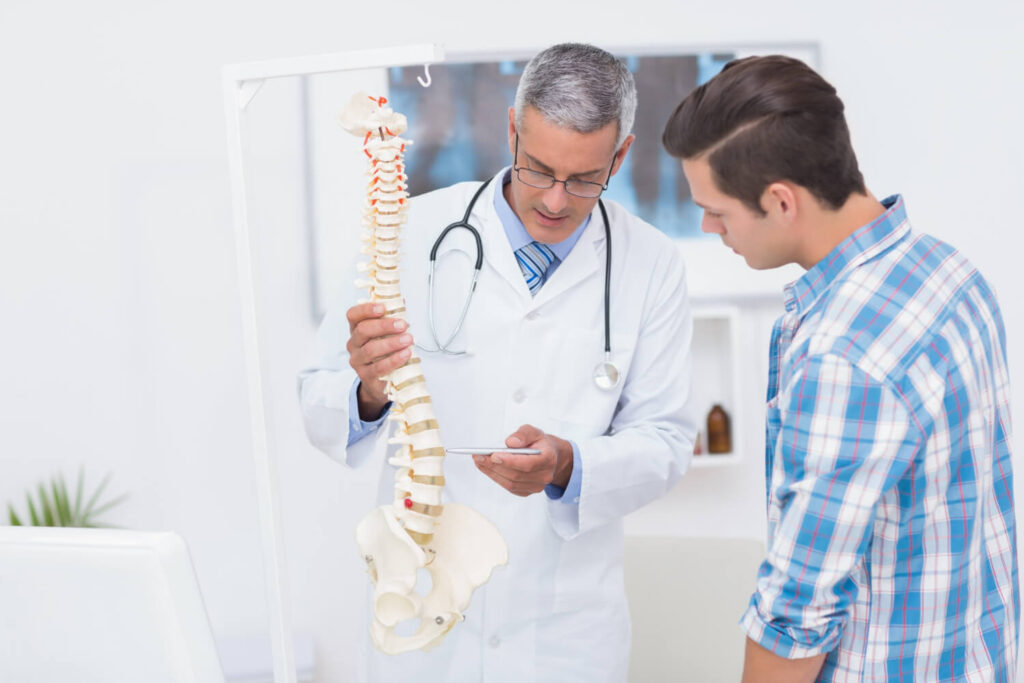
With the different possible causes of lower back pain, it is important to value the chance to seek medical consultation. Through the guidance of health care professionals, patients can combat the signs early on. Thus, allowing them to not have limited mobility.
Furthermore, entrusting your health with a doctor is a great thing, especially as they can provide suitable options for treatment. Although, take note that the recommended options are more ideal to utilize, especially if certain cases are involved. It’s best to communicate everything with the expert so they can explain the possible treatment, and to be able to choose the suitable option.
Remember, prevention is a better situation as it still gives the patients the upper hand. If symptoms persist, consult your condition with a doctor immediately.
What to Expect During Your Visit
During a medical visit for lower back pain, a healthcare professional will conduct a comprehensive evaluation to determine the underlying cause of the pain. This evaluation may include:
- A physical examination to assess range of motion, muscle strength, and any signs of nerve compression or inflammation.
- Reviewing the individual’s medical history and discussing any previous injuries or conditions that may be contributing to the pain.
- Ordering diagnostic tests such as urine tests, blood tests, and imaging studies like X-rays or CT scans to provide a detailed look at the spine and surrounding structures.
The results of these evaluations will help guide the healthcare professional in making an accurate diagnosis and developing an appropriate treatment plan.
How to Alleviate Lower Back Pain
Alleviating lower back pain can be achieved through various treatment options. Depending on the underlying cause and severity of the pain, both surgical and non-surgical solutions can be effective. Let’s discuss their differences below!
Surgical Solution
In severe cases of lower back pain, surgical intervention may be recommended. The specific type of surgery will depend on the underlying cause of the pain. Surgical solutions for lower back pain may include:
- Spinal fusion: This procedure involves fusing together two or more vertebrae to stabilize the spine and reduce pain.
- Discectomy: This surgery involves removing all or part of a herniated disc that is causing compression of a nerve.
- Decompression surgery: This procedure involves removing bone or tissue that is pressing on a nerve, relieving pain and promoting healing.
Surgery is not always necessary for lower back pain and is typically reserved for cases where conservative treatments have not provided sufficient relief. It is important to discuss the potential risks and benefits of surgery with a healthcare professional to make an informed decision.
Non-surgical Solution
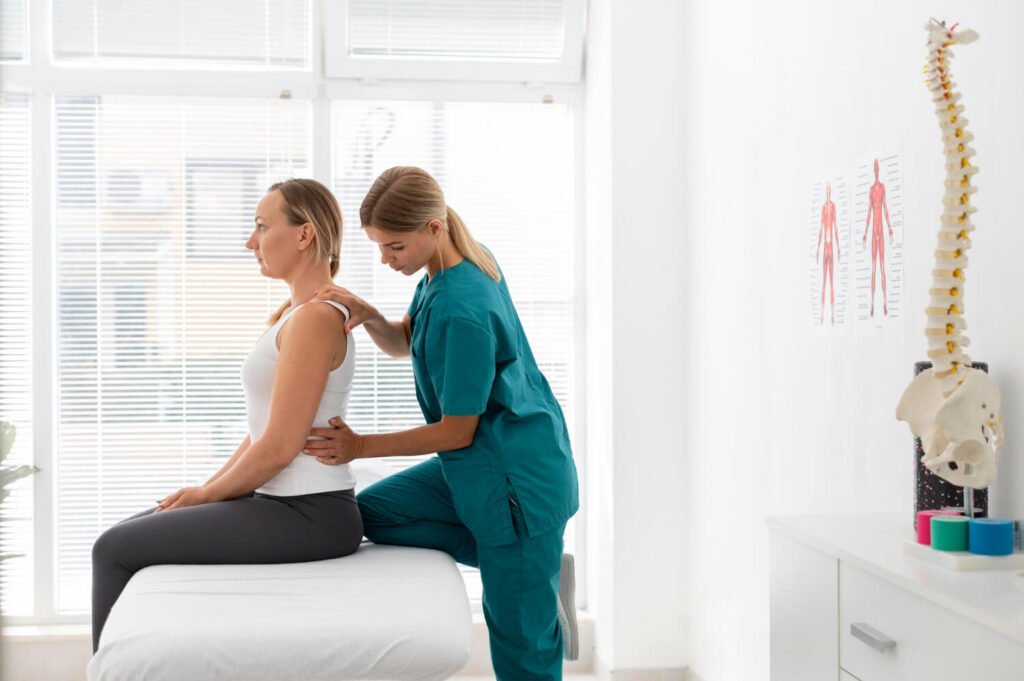
Meanwhile, non-surgical solutions are often the first line of treatment for lower back pain. These options focus on reducing pain, improving mobility, and promoting healing without the need for surgery. Non-surgical solutions may include:
- Physical therapy: This involves targeted exercises and stretches to strengthen the muscles, improve flexibility, and alleviate pain.
- Pain medications: Over-the-counter or prescription medications may be used to manage pain and inflammation.
- Heat or cold therapy: Applying heat or cold packs to the affected area can help reduce pain and promote healing.
- Lifestyle modifications: Making changes to daily habits, such as maintaining a healthy weight, practicing good posture, and using proper body mechanics, can help prevent and alleviate lower back pain.
- Home remedies: Various home remedies, such as gentle stretching, hot baths, or massage, may provide temporary relief for lower back pain.
Non-surgical solutions are often effective in managing and alleviating lower back pain. It is important to work with a healthcare professional to develop an individualized treatment plan that addresses the specific needs and underlying causes of the pain.
Frequently Asked Questions
How can I differentiate between muscle pain and something more serious?
Differentiating between muscle pain and something more serious can be challenging. However, certain factors can help in determining the cause of the pain. Muscle pain is often accompanied by muscle spasms, while more serious conditions may involve other soft tissues or affect blood flow and range of motion. Consultation with a healthcare professional can provide a proper diagnosis and guidance for appropriate treatment.
Conclusion
Lower back pain can have significant long-term implications on your health if ignored. Understanding the causes can help individuals to be mindful of their choices in life to prevent developing lower back pain. Thus, allowing them to live to the fullest without worries or movement limitations.
If you have developed the condition, it is essential to be proactive by consulting a doctor about your health. Prioritize your well-being by taking steps towards managing lower back pain.
